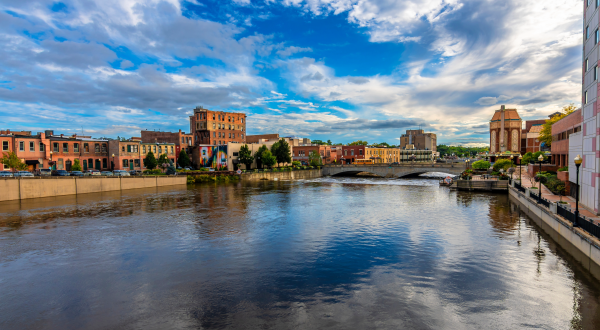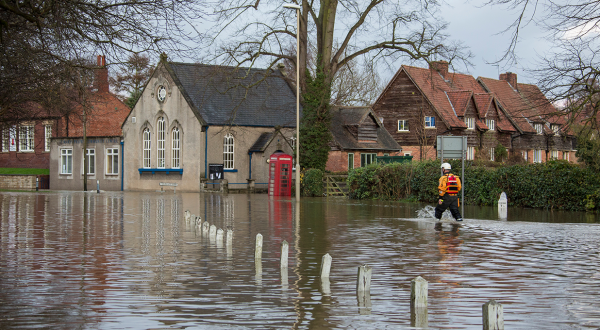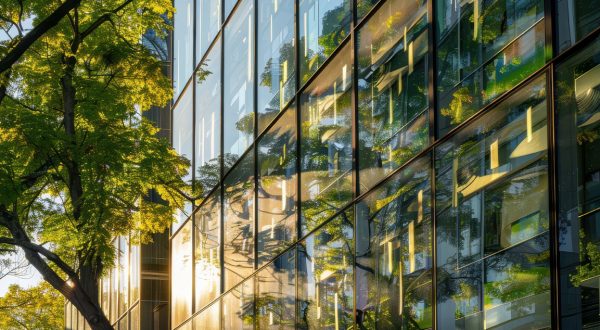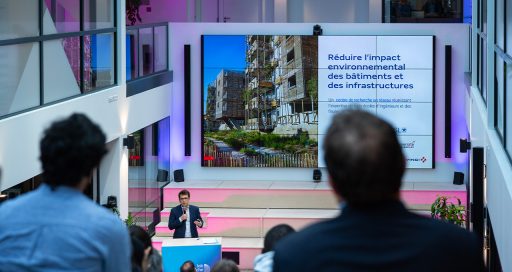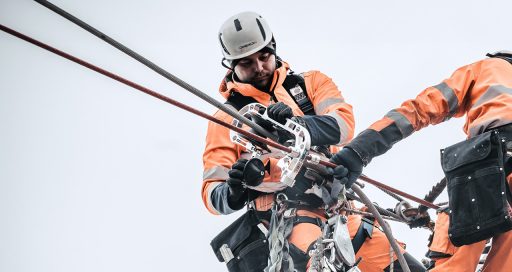To strengthen the identity and urban integration of Europe’s premier business district, Paris La Défense decided to update the 12 footbridges that connect the main platform to neighbouring districts. This was an unusual project, due to the age of the structures, the complexity of the site and the diverse range of companies involved.
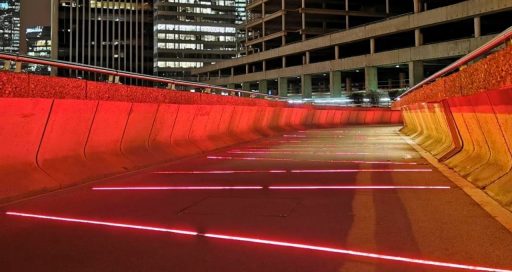
Use light to unify the different spaces of a compartmentalised urban site; create a reassuring and attractive lighting environment for the 250,000 workers and residents who pass daily through Europe’s largest business district; renovate the structures in compliance with the various local standards (AFNOR, ISO, UTE, PRM, etc.): these were the three main criteria in the design brief for the “12 Passerelles” project initiated by Paris La Défense in late 2017.
“Giving these structures back an urban function, using lighting to give them a group identity.”
The project arose from deliberations on how to renovate the pedestrian footbridges linking the main platform to the three neighbouring districts of Nanterre, Courbevoie and Puteaux. These structures are each very different, built in different eras with no architectural consistency. The project is worth around €10 million in total, with works expected to take three years.
Multi-partner
This large-scale project brings together a wide range of stakeholders. Project management is based on a grouping of several specialist companies, including lead architect Dietmar Feichtinger Architectes, engineering firm Ingérop and design firm Arcora for the economic framework; and Wonderfulight for the lighting design. Implementation is divided among six companies handling different batches, including Citeos (VINCI Energies) to install the lighting.
“In addition to their technical refurbishment and restoration, our objective is to give these structures back an urban function, using lighting to give them a group identity,” explains Nicolas Hérault, business unit manager of Citeos Grands Projets.
To create this identity, the design firm Wonderfulight chose to set up a light path using a mix of linear and individual graphic elements in red and white. In total, almost 750 metres of light strips will be recessed into the floor surfaces, with more than 450 LED spotlights integrated into the handrails. Illuminated glass screens and panels portraying the urban landscape will also be installed. Lastly, gobo projectors will be installed under the footbridges, projecting strips of light onto the underside of each structure that will be visible from the main roads.
Demanding requirements
“This project has a large architectural component, with extremely demanding requirements both technically and organisationally,” explains Laurane Dorn, who is managing the project for Citeos Grands Projets. The “12 Passerelles” project presents the VINCI Energies business unit with a number of challenges.
Working on existing infrastructure, often dilapidated, on an occupied site frequented by thousands of people, in a multi-level urban environment, required ingenuity and adaptability from the teams. The structural work and fine metalwork involved in the meticulous installation of bespoke lighting equipment required close coordination between the different contractors. “Our expertise in managing complex projects enabled us to tightly monitor these interactions, without which the project could not have been completed,” says Laurane Dorn.
Adding to the complexity was the requirement to complete the project in three years. Due to the restrictions imposed by the occupied site and the technical complexity of the operations, the schedule had to be reassessed regularly. The works teams were constantly adapting to the discontinuous and simultaneous nature of their tasks.
At the end of December 2020, four of these footbridges – Triangle, Jean Moulin, Louis Blanc and Orme – were reopened to pedestrians. The remainder will follow in 2021.
11/02/2021
